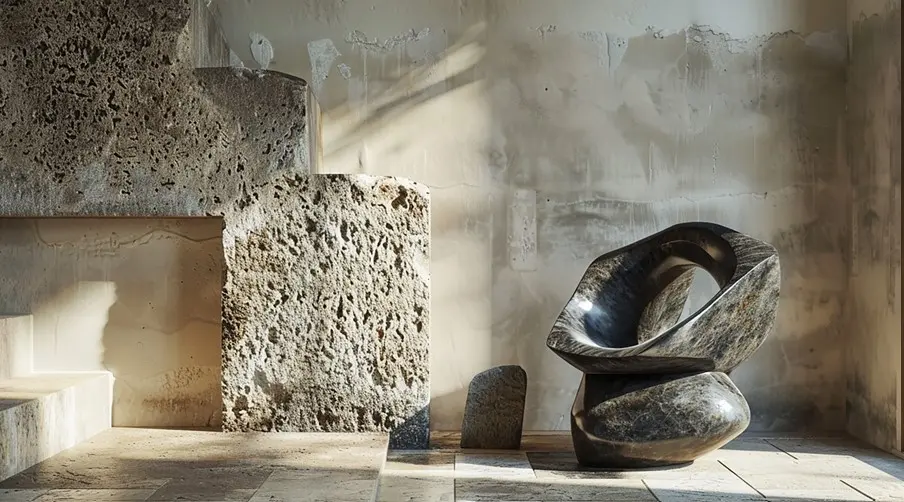Concrete—it’s not just for sidewalks and parking lots anymore. Once seen as a purely utilitarian material, concrete has undergone a dazzling transformation in the world of architecture and design. From sleek minimalist homes to jaw-dropping commercial spaces, concrete has emerged as a hero of modern aesthetics.
Here’s why concrete is no longer gray and boring but a versatile, stylish material that’s stealing the show.
1. A Canvas for Creativity
Gone are the days of dull gray slabs. Today’s architectural concrete comes in a kaleidoscope of colors, textures, and finishes. Stained concrete floors, polished walls, and even stamped patterns can mimic materials like wood or stone, creating a unique and customizable aesthetic. Whether you’re into industrial chic or warm modernism, concrete can be tailored to match your vibe.
2. The Art of Texture
Concrete isn’t just about smooth surfaces. Architects and designers are experimenting with textures like never before. Think ribbed panels, exposed aggregate, or even intricate imprints created by molds. These textures add depth and character, making concrete walls or floors stand out as a feature rather than fade into the background.
3. Eco-Friendly and Efficient
Concrete is increasingly being used as part of sustainable architecture. Modern formulations incorporate recycled materials, reducing the environmental footprint. Its thermal mass properties help regulate indoor temperatures, making buildings more energy-efficient. Who knew looking good could also be so green?
4. Indoor-Outdoor Harmony
One of concrete’s superpowers is its ability to blend indoor and outdoor spaces seamlessly. Designers are using polished concrete floors that flow from living rooms to patios, creating a harmonious and expansive feel. Combined with glass walls and greenery, concrete becomes the perfect partner in bringing nature closer to home.
5. Concrete Furniture: The Ultimate Statement Piece
Why stop at walls and floors? Concrete furniture is making waves in the design world. From sleek coffee tables to sculptural chairs, concrete offers durability and elegance in one stunning package. Plus, its neutral tones make it the ultimate complement to bold colors or minimalist palettes.
6. Iconic Structures Around the World
If you need proof of concrete’s aesthetic power, just look at some of the world’s most iconic buildings. Zaha Hadid’s curvaceous designs, Tadao Ando’s serene minimalist spaces, and even the futuristic bunkers of brutalist architecture showcase how concrete can be as much about beauty as it is about strength.
7. Low Maintenance, High Impact
Not only does concrete look amazing, but it’s also incredibly durable and low maintenance. Stains can be sealed away, surfaces can be polished to a shine, and the material itself resists wear and tear like a pro. It’s beauty that lasts—no constant upkeep required.
8. A Material for All Budgets
You might think all this customization and durability comes at a premium, but concrete can be surprisingly budget-friendly. Its adaptability means you can achieve high-end looks without breaking the bank.
Add in its longevity, and concrete becomes one of the most cost-effective materials in modern design. Unlike materials that deteriorate or lose their charm, concrete develops a patina that adds character and tells a story. Cracks and subtle discolorations can transform into unique features, making each piece of concrete one-of-a-kind.
This timeless appeal ensures that concrete structures and designs remain captivating and relevant for years to come, proving that beauty and durability can go hand in hand.
The Future of Design, Cast in Concrete
Concrete has come a long way from its utilitarian roots, and its transformation is far from over. As technology advances and designers continue to push boundaries, we can expect even more stunning applications of this versatile material. So next time you think of concrete, don’t picture gray sidewalks. Instead, imagine bold, beautiful spaces that prove concrete can look this good.
Want to explore more? Learn about architectural concrete and discover how this material is shaping the future of design.
Also Read-How to Budget for Home Decor Without Financial Stress
